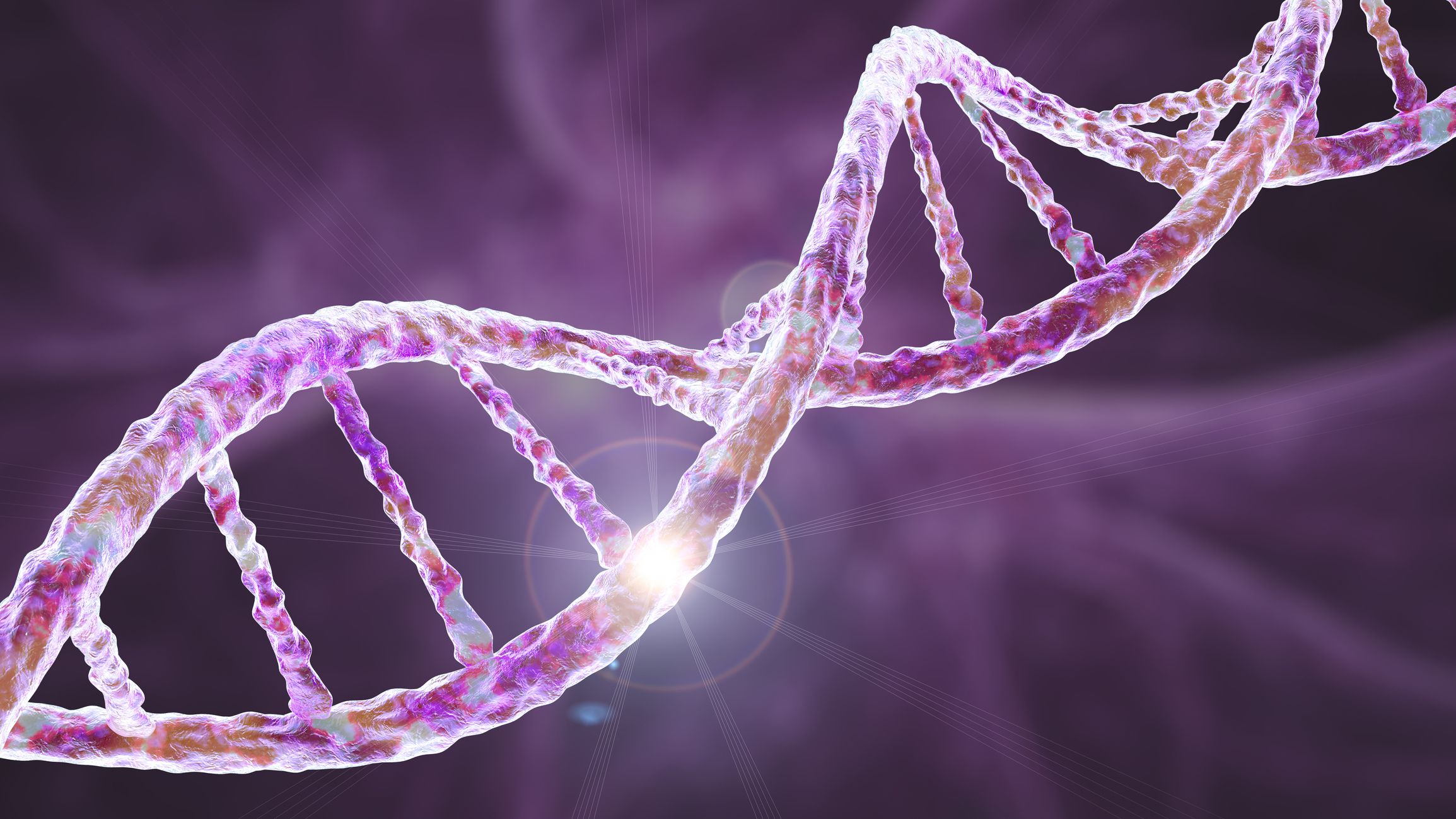The Human Genome Project was a massive task conceptualized in 1984, and work on the project started in 1990. The work reached its logical conclusion in 2003 when 85% of the genome was decoded. Unfortunately, the remaining 15% were left out because they were left out. After all, these portions of the DNA did not produce any proteins and the technology available at that time prevented the decoding of these portions of the DNA.
However, with technological advances in the early 2000 decade, 92% of the DNA was decoded, but still, 8% remained uncoded, and very little information is available about it. However, today the complete Genome or the Human DNA has been decoded.
The portion of DNA which was left out was labeled as Junk DNA. This DNA did not produce proteins, and its functions were unclear. However, later, under the leadership of Adam Phillippy at the United States National Institutes of Health found that the Junk DNA was not a Junk and benign section of the DNA and had essential roles in cellular functions.
Junk DNA Crucial In Cell Division
The junk DNA contained 151 million base pairs of sequence data and looked like a black box with information. The study of this missing 8% of the DNA revealed essential facts about how cells divide, allowing them to study several diseases they had not been able to get at before.
The new revelations also help us understand a portion of the DNA known as segmental duplications and play a vital role in evolution and disease, the University of Washington School of Medicine, Seattle, said.
This section of the DNA helps us understand our evolution and human diversity, and the body’s resistance to diseases. There are 20,000 genes in the human genome. Of these, 950 originate in segmental duplications.

 10 Stunning No-Makeup Photos of Tripti Dimri That Will Leave You in Awe
10 Stunning No-Makeup Photos of Tripti Dimri That Will Leave You in Awe 10 Gorgeous No-Makeup Photos of Jennifer Lawrence You Can’t Miss
10 Gorgeous No-Makeup Photos of Jennifer Lawrence You Can’t Miss 10 Stunning No-Makeup Photos of Emma Watson You Need to See
10 Stunning No-Makeup Photos of Emma Watson You Need to See 10 Stunning Urvashi Rautela No-Makeup Looks You Need to See!
10 Stunning Urvashi Rautela No-Makeup Looks You Need to See! ‘Rage Therapy’ New Trend For Women To Go Out And Yell In The Woods
‘Rage Therapy’ New Trend For Women To Go Out And Yell In The Woods 10 Stunning Gal Gadot No Makeup Photos: See Her Natural Beauty!
10 Stunning Gal Gadot No Makeup Photos: See Her Natural Beauty! 10 Hayley Atwell No-Makeup Looks Flaunting Her Natural Beauty
10 Hayley Atwell No-Makeup Looks Flaunting Her Natural Beauty 10 Best Salma Hayek No-Makeup Looks
10 Best Salma Hayek No-Makeup Looks